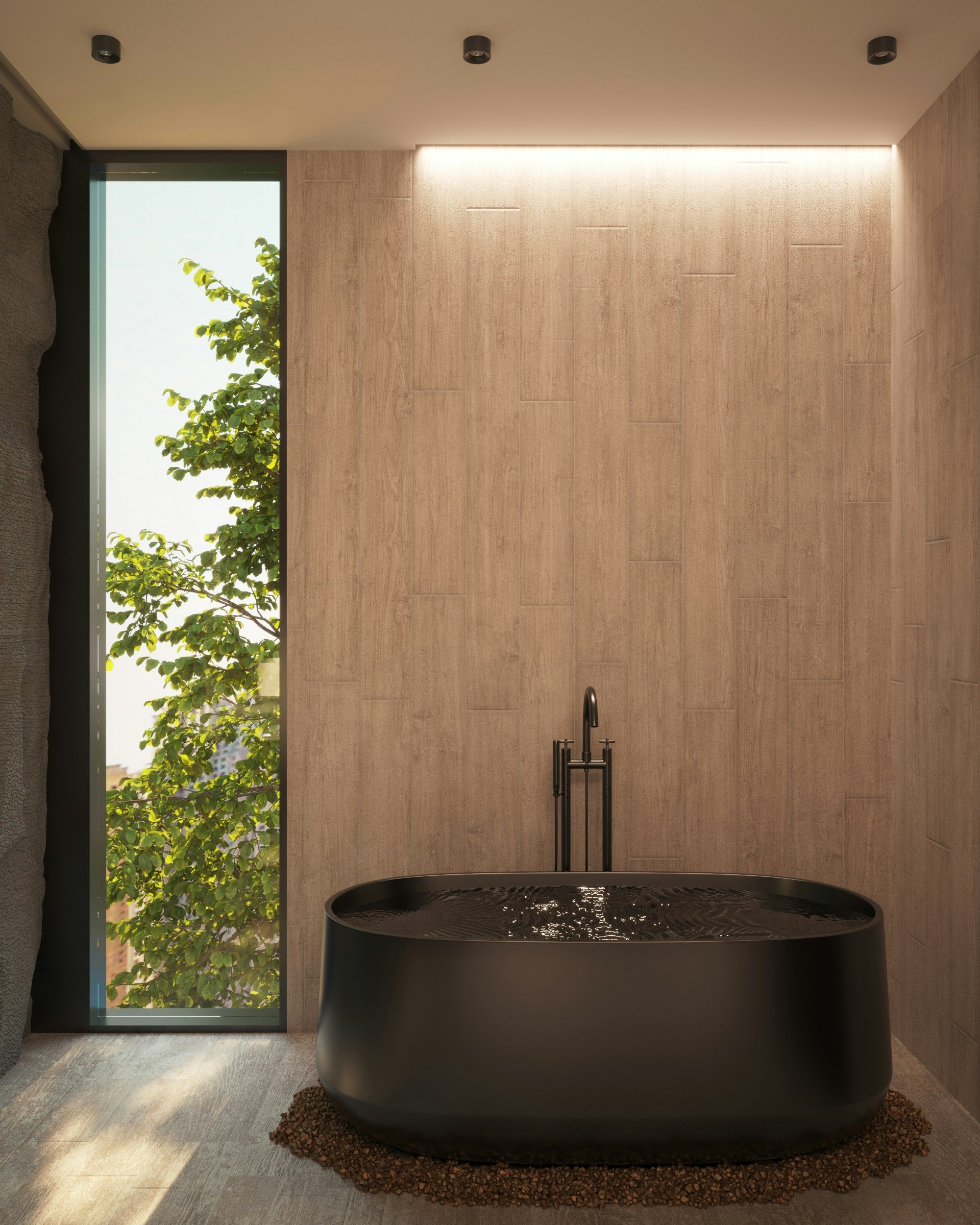Lighting in bathrooms
New rules: Lighting in bathrooms
We always stay up to date with LED technology and the industry standards that are continuously being tightened in terms of installation requirements, for example. In this week's blog post, we'll take a look at the new bathroom lighting regulations. It's something you need to be aware of when installing electrical equipment with regards to external influences.
When do the new rules come into effect?
The new rules are based on the Danish standard DS/HD 60364-7-701:2007 on requirements for special installations or areas with baths and showers. This new order will replace the High Voltage Order.
The transition period itself was in effect until July 1, 2019, when you were given the option to work according to the installation or high current standard.
It's important to note that the transition period actually ended on July 1st last year. A good rule of thumb is that you must follow the new rules for new installations - however, there will be exceptions:
Ongoing projects may be completed according to the rules that have been in place until June 30, 2020, if the project was started before July 1, 2019.
For installations started before July 1 last year, these projects can be carried out according to section 6 of the High Voltage Order, also until June 30, 2020.
In the case of very large buildings, you can apply for an exemption from the Danish Safety Technology Authority to complete various installations according to the high current standard later than June 30, 2020.
Enclosure designations you need to be aware of
The IP/protection designation consists of a two-digit number combination that expresses the degree of protection against water, dust, etc. The higher the number, the more dust and water resistant the luminaire is. When choosing to install electrical equipment in bathrooms, you need to be sure of the segregation of space, which affects the IP rating.
The electrical material included in SELV equipment requires a minimum:
*Table from the Danish Safety Technology Authority
In Zone 0, you may only install power-consuming equipment when the equipment itself complies with relevant standards and is suitable for use in the area, is permanently mounted and permanently connected and is protected by SELV via rated voltage not exceeding 12 V a.c. or 30 V d.c.
In area 1, only fixed and permanently connected equipment may be used. This will be the case when, for example, whirlpool baths, shower pumps, water and towel warmers and faucets are to be installed in a given project. Washing machines may not be installed in area 1, regardless of whether we are talking about connection or fixed connection with plugs.
Where should I place equipment in rooms that contain bathroom facilities or showers?
The following gives you an overview of where you are allowed to place materials and equipment in bathrooms, based on the regulations:
*Table from the Danish Safety Technology Authority
Special conditions
When installing hot tubs
When talking about hot tubs with a removable front that is sealed tightly against the wall, this front will be categorized as a partition. Meaning that the area under the spa is considered to be under area 1.
Underfloor heating systems
When installing underfloor heating systems, the requirement is that you must choose installation with electric heating cables or thin flexible heating elements. Of course, they must comply with the product standard when they have either a metal sheath, enclosure or a fine-mesh metal mesh to be connected to the protective conductor. However, this is not the case when you choose to use SELV for the system.
Galvanic corrosion can occur when copper PE conductors are joined with fine-mesh metal mesh, and this is obviously something you need to be very aware of. We encourage you to seal the joint and make sure no air can enter.
Mechanical protection
The equalizer must be dimensioned with a minimum cross-sectional area of 2.5 mm2 Cu. In case of mechanical damage, the cross-section must be 4 mm2 C or 16 mm2 - regardless of whether you choose to mechanically protect the material or not.
Due to the new legislation for the installation of electrical equipment in bathrooms, we recommend using the new and innovative NS17 in the bathroom, which of course complies with the new regulations.





